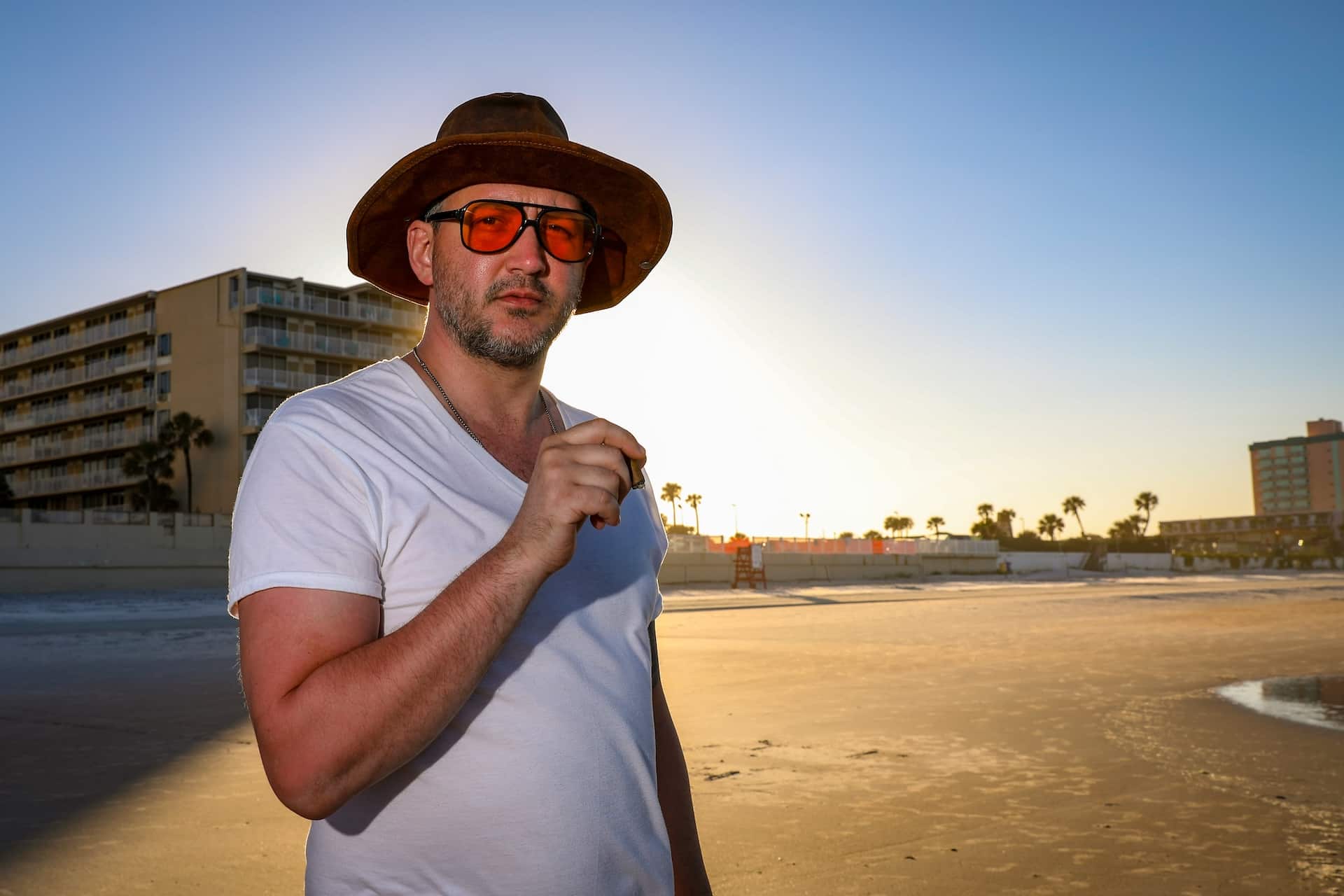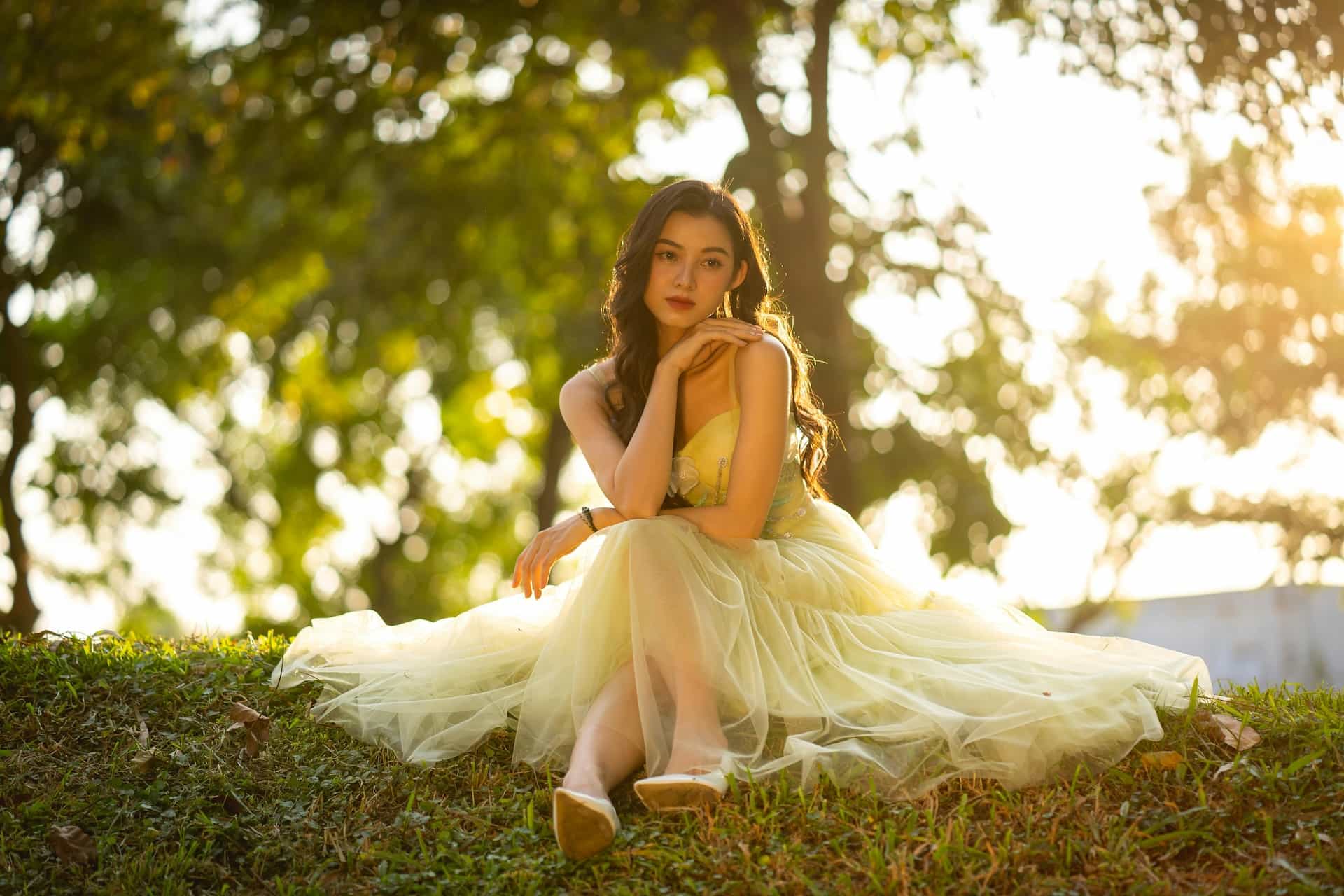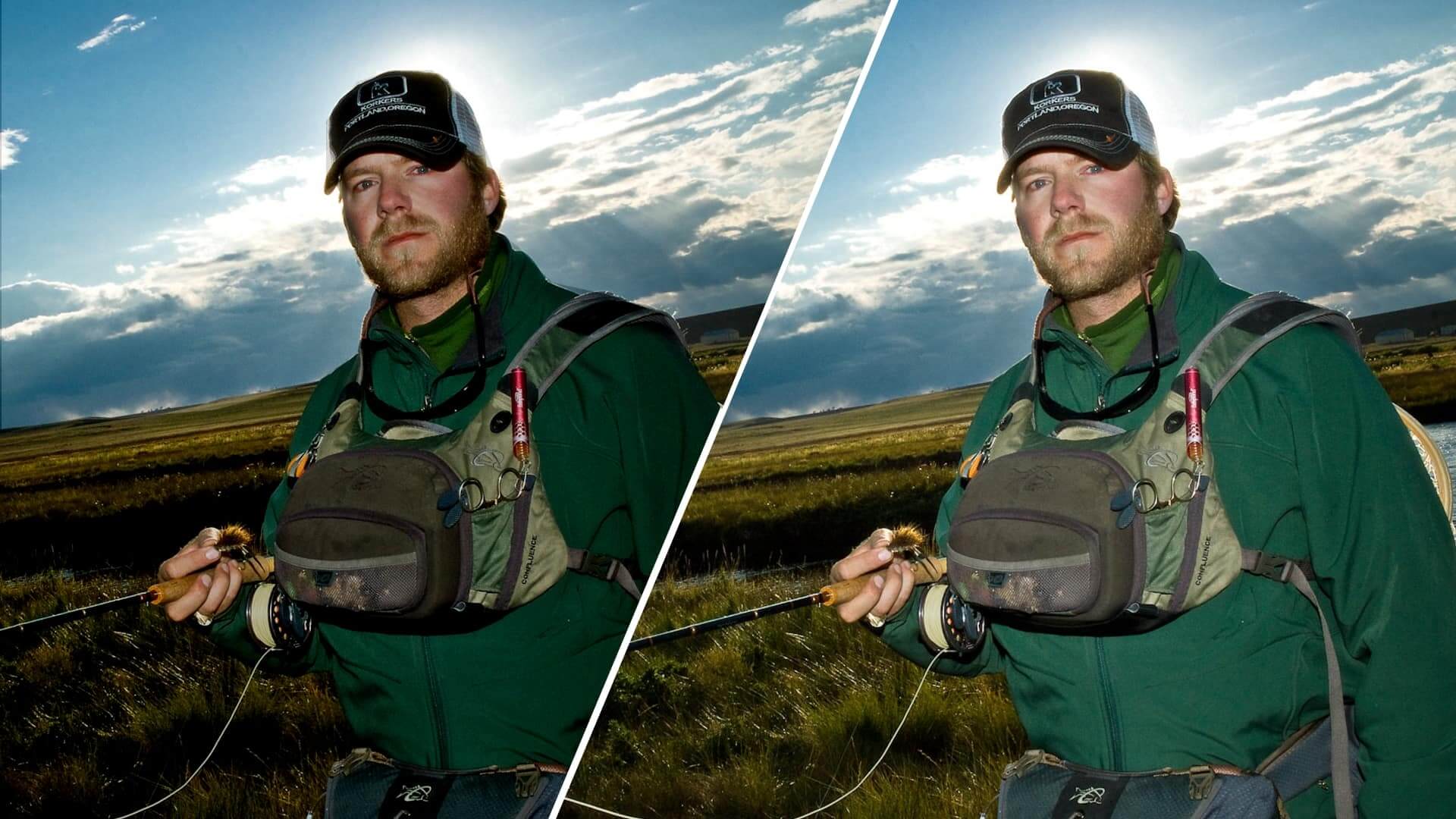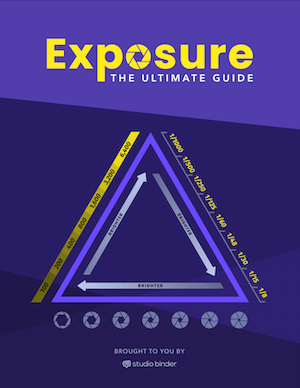Have you ever tried to capture a beautiful moment on camera, only to be disappointed by harsh shadows or poorly lit subjects? This is where fill flash in photography comes into play. It’s not about overpowering your photos with a bright flash, but rather using it subtly to balance out the lighting and eliminate unwanted shadows.
What is Fill Flash in Photography?
First, let’s define fill flash
Photography is a blend of technical know-how, artistic vision, and attention to detail. One technique that can significantly enrich your images is the use of fill flash. But what is fill flash and what ways can you use it in your photography?
FILL FLASH DEFINITION PHOTOGRAPHY
What is fill flash in photography?
Fill flash is a technique used in photography where the camera's flash is fired to fill in shadows in a scene, hence the name. It's typically used in situations where the background is brighter than the subject, causing the subject to appear underexposed or cast in shadow. The purpose of fill flash is not to eliminate shadows completely but to reduce their intensity so that the details of the subject are visible and well-balanced with the rest of the image.
What is Fill Flash Used For?
- Balances Exposure
- Reduces Shadow Intensity
- Improves Backlit Photos
- Enhances Detail and Depth
Exposure 101
A quick refresher on exposure
Ultimately, the need to fill in shadows or compensate for strong backlighting comes down to exposure. When you understand the basic components of exposure, fixing the problem is a snap.
Making up the exposure triangle are three elements — ISO, aperture, and shutter speed. In short, ISO regulates the "sensitivity" of your film or sensor. Aperture regulates the quantity of light passing through the lens. And shutter speed regulates how much time light is allowed to hit the film stock or camera sensor. Here's our video breakdown on aperture but make sure you continue with our Exposure Triangle playlist.
What is Aperture • Watch the Exposure Triangle playlist
And if this refresher on exposure isn't enough, you can always download our FREE E-Book — The Ultimate Guide to Exposure.
Free downloadable bonus
FREE Download
Ultimate Guide to Exposure
The Exposure Triangle is something every photographer and cinematographer needs to master. Download our FREE e-book to get in-depth explanations and tutorials on topics like aperture, ISO, shutter speed, and how to balance these settings to nail perfect exposure every time.
What is Fill Flash in Photography Used For?
How does fill flash work?
Fill flash works by providing additional light to the areas of an image that would otherwise be underexposed. When the camera's flash is triggered, it illuminates the subject and fills in these darker areas.
Fill Flash Basic: Exploring Photography with Mark Wallace
This technique is especially useful in backlit situations, such as when the sun is behind the subject. Without fill flash, the camera would expose for the bright background, leaving the subject dark and underexposed. By using fill flash, you can correctly expose both the subject and the background.
In the following example, you'll see the subject's key light is coming from the sun behind him (rim lighting), and the flash "fills" to properly light the subject.

Fill Flash Photography Example
Fill flash plays a pivotal role in photography by adding the necessary light to underexposed areas of an image, particularly when dealing with backlit situations. By properly utilizing fill flash, you can successfully balance the exposure of both your subject and background, ensuring that every detail is captured accurately and effectively.
Related Posts
what is a fill flash
How to Use Fill Flash Effectively
Unlocking the potential of your photography skills requires a deep understanding of various techniques, one of which is the use of fill flash. This powerful tool can transform your images, providing balance and clarity even in challenging lighting conditions.
Here is a video breaking down how to use fill flash on location.
Fill Flash Photography · Take and Make Great Photography
To recap, here are some practical tips on using fill flash effectively:
Understand Your Camera's Flash Settings
Most cameras have various flash modes, including automatic, red-eye reduction, slow sync, and fill flash. Familiarize yourself with these settings and learn how to switch to fill flash when needed.
Adjust Flash Power
Most times, you don't want the flash to overpower the natural light in the scene. It's often best to set your flash power to underexpose slightly, which can usually be done through your camera's flash compensation settings.
Use Off-Camera Flash
If possible, use an off-camera flash. This allows you to control the direction of the light, which can create more pleasing and natural-looking results. This is a great technique to use when shooting outdoor flash photography.

Outdoor Flash Photography
Experiment with Diffusers and Reflectors
These tools can help soften the light from your flash and spread it out more evenly, reducing harsh shadows and creating a more natural look.
Mastering fill flash is key to overcoming challenging lighting conditions and capturing well-balanced photos. It's a technique that requires practice and experimentation but can significantly enhance the quality of your images when used correctly. Investing in the equipment to create fill flash in your photography is a great step toward higher quality, more professional photos.
Up Next
What is High Key Lighting?
Having explored fill flash photography, we now turn our attention to another lighting technique - high key lighting. In our next article, we'll dive into this unique style that can bring a fresh perspective to your photos.
Up Next: High Key Lighting →
Showcase your vision with elegant shot lists and storyboards.
Create robust and customizable shot lists. Upload images to make storyboards and slideshows.

